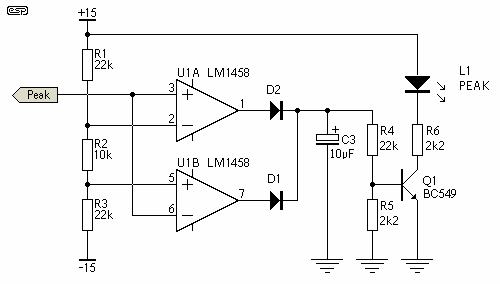Hey ya'll. I need some of the pro's to check this mic preamp design layout before i make some boards. its nothing special at all just out of the INA217 data sheet.
Anyways it will consist of 48v on off switch, phase reverse, -20dB pad. Balanced output and a send output which will eventually go to a compressor i design. The compressed signal will then go back to the line driver for balanced output or with a jumper can be used to send two signals, one compressed, one not.
The board 3.5in X 3.5in. Hopefully will be something ideal for putting together a 3ru, 8 ch pre , or a 4ch pre. So input would be great.
thanks
 [/img]
[/img]
it 2 sided. I ran most of the signal on the top layer in red. all film caps are 100nf at opamp supply pins. Con3 will go to a grayhill selector for mic pre gain.
Anyways it will consist of 48v on off switch, phase reverse, -20dB pad. Balanced output and a send output which will eventually go to a compressor i design. The compressed signal will then go back to the line driver for balanced output or with a jumper can be used to send two signals, one compressed, one not.
The board 3.5in X 3.5in. Hopefully will be something ideal for putting together a 3ru, 8 ch pre , or a 4ch pre. So input would be great.
thanks

it 2 sided. I ran most of the signal on the top layer in red. all film caps are 100nf at opamp supply pins. Con3 will go to a grayhill selector for mic pre gain.













![Soldering Iron Kit, 120W LED Digital Advanced Solder Iron Soldering Gun kit, 110V Welding Tools, Smart Temperature Control [356℉-932℉], Extra 5pcs Tips, Auto Sleep, Temp Calibration, Orange](https://m.media-amazon.com/images/I/51sFKu9SdeL._SL500_.jpg)






















